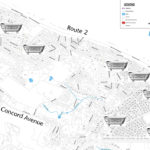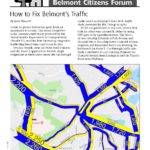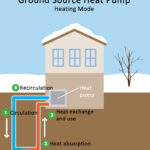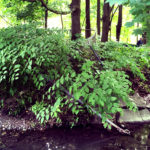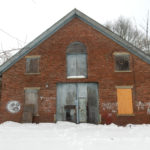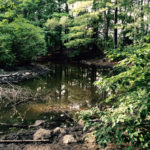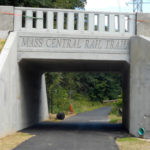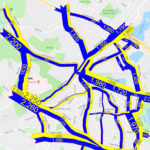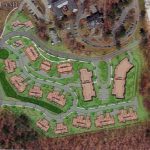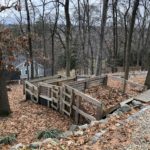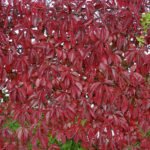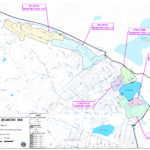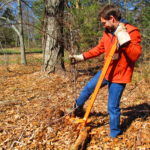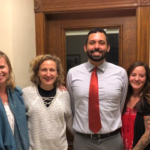
By Katherine Venzke Around town there is constant talk about the state of business in Belmont. How is Belmont Center faring with the new-ish parking meter system? What’s with all the new development in Waverley Square? And how will the Bradford development affect commerce in Cushing Square? These discussions happen on the sidewalks, in cafes, at Town Hall, and in the local media. They also happen, often, at my shop. This “talk” found some direction and mission last year with the formation of the Belmont Business Study Committee (BBSC). The town pulled together business owners from each of the Belmont [READ MORE]




